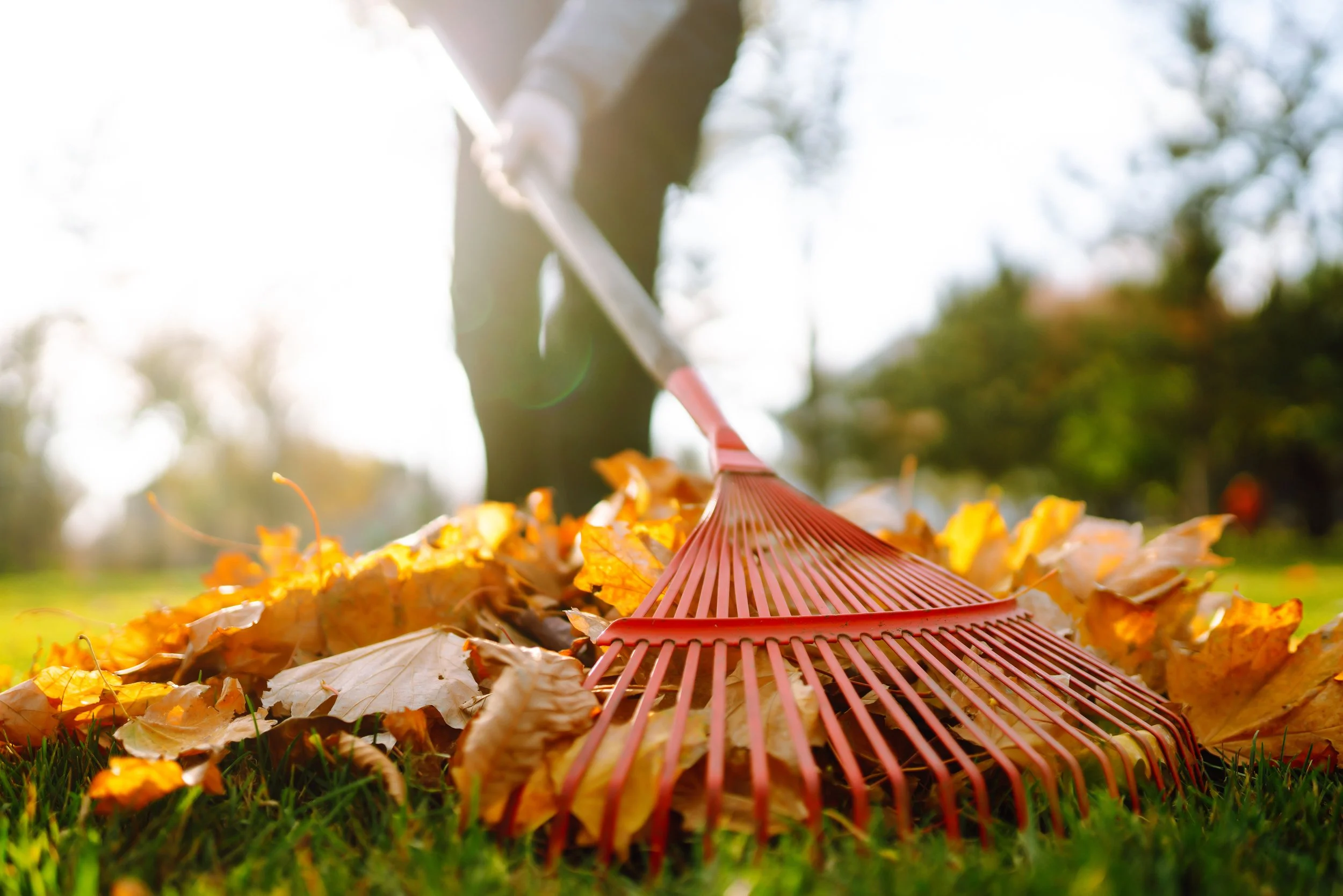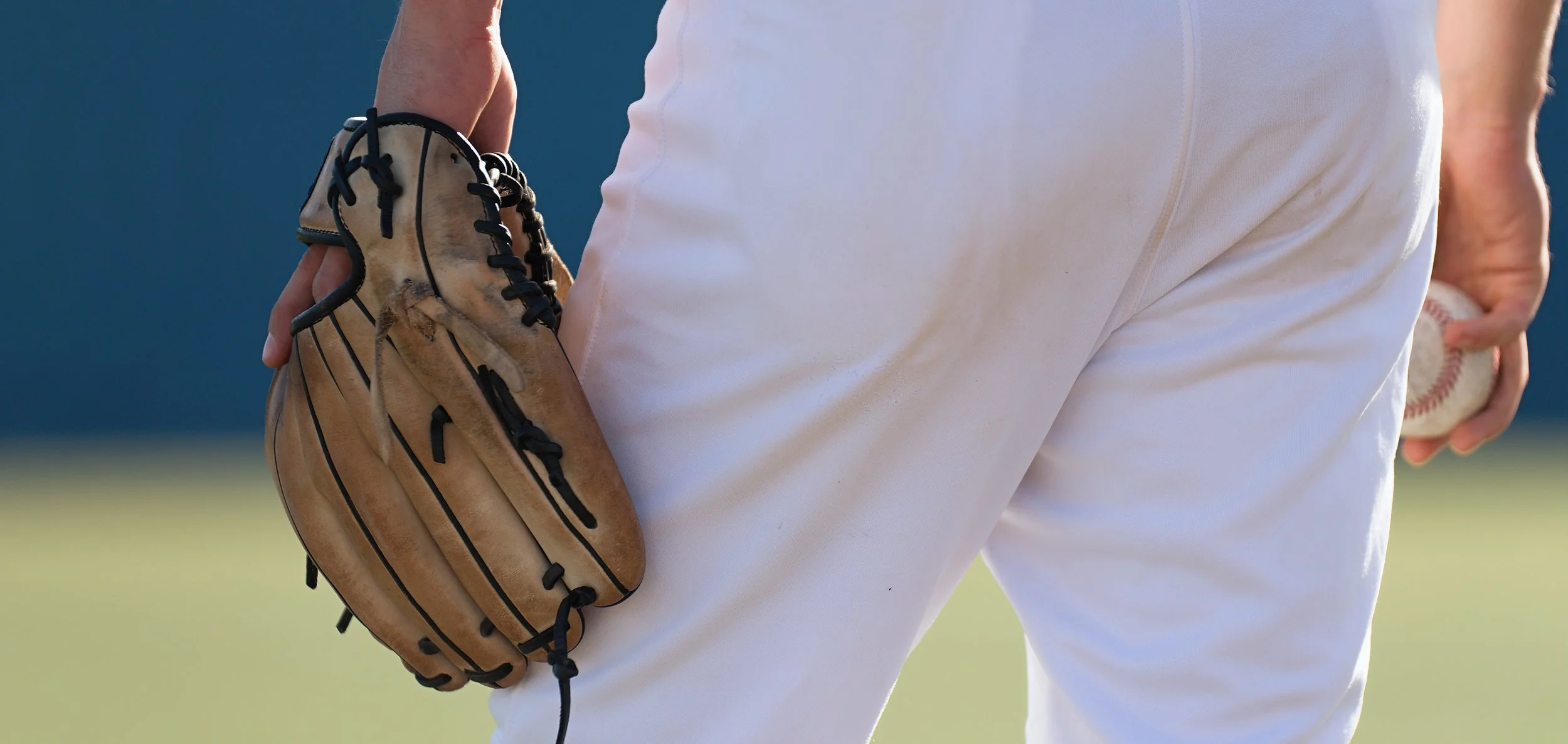While the game of golf has been around for several centuries, it hasn’t been til recently that the concept of a golfer training their bodies to help them with their sport has become more common. Since Tiger Woods took the game by storm almost 30 years ago, with his long drives and overall ability to dominate his competition, the world of golf fitness has also seen somewhat of an explosion. Now, golfers at almost all levels recognize that while working on their swing, chipping, and putting is important, it’s almost equally as important to put work into their bodies as well to ensure they can meet the demands of what today’s game asks of them. However, to the everyday golfer, there can still be a lot of uncertainty as to what training for the sport of golf looks like. This article aims to clarify that uncertainty and provide direction on how to dial in their gym sessions to help them on the course further.
Weighted Ball Training
Integrating weighted balls into a pitching routine can be an effective way to improve arm strength, velocity, and overall pitching performance. Here's a general guideline on how to incorporate weighted balls into your routine:
Consult with a professional: Before incorporating weighted balls into your routine, it's essential to consult with a pitching coach or a sports medicine professional who can assess your current abilities and provide guidance on the appropriate weight and progression for your specific needs.
Start with a warm-up: Begin your pitching routine with a thorough warm-up to prepare your muscles and joints for the increased stress of throwing weighted balls. Perform dynamic stretches, light cardio exercises, and arm-specific warm-up exercises to increase blood flow and flexibility.
Progress gradually: Begin with lighter weighted balls and gradually increase the weight over time. It's important not to start with weights that are too heavy, as this can lead to injury. A recommended progression might be to start with balls around 4-6 ounces and gradually increase to 8-10 ounces.
Focus on proper mechanics: Throughout your pitching routine, maintain proper pitching mechanics. The added weight of the balls may change the feel and timing of your delivery, so it's crucial to concentrate on maintaining a smooth and efficient motion. Work with a coach or use video analysis to ensure your mechanics are not compromised.
Incorporate specific drills: Use a variety of pitching drills that specifically target different aspects of your mechanics and arm strength. For example, you can incorporate long-toss drills with weighted balls to improve arm strength and distance, or use weighted balls during bullpen sessions to work on pitch command and velocity. However, ensure that you don't exclusively rely on weighted balls and include regular pitching with standard baseballs as well.
Pay attention to recovery: Pitching with weighted balls places increased stress on your arm and shoulder. Allow adequate time for recovery between sessions to avoid overuse injuries. Incorporate proper rest, stretching, and strengthening exercises for the shoulder and arm into your routine. Listen to your body, and if you experience any pain or discomfort, consult a professional.
Monitor progress: Track your progress over time by measuring factors like velocity, accuracy, and overall pitching performance. Keep a record of your pitching sessions and note any changes or improvements you observe. This feedback will help you make adjustments to your routine as needed.
Remember, integrating weighted balls into your pitching routine should be done carefully and progressively to minimize the risk of injury. Consulting with a professional and maintaining proper technique are crucial for safe and effective implementation.
Pickleball
To learn more about pickleball and shoulder injuries, I decided to ask a local, avid pickleballer who also happens to be an expert shoulder surgeon, Dr. Samuel Koo. Dr. Koo practices at ProOrtho in Kirkland, WA where he specializes in the prevention, diagnosis, and treatment of a variety of shoulder injuries. When Dr. Koo isn’t helping the community with their shoulder injuries, you can often find him on a nearby pickleball court. Dr. Koo first found pickleball about 3 years ago after he was introduced to the game by a friend. His current pickleball addiction is fueled by his history of playing tennis and ping pong.
When asked to compare tennis and pickleball, Dr. Koo says “The biggest difference between pickleball and tennis is that tennis places a premium on the overhead shot—mainly serves and overheads at the net—while pickleball is mostly a game played below your waist.” Given the underhand nature of the game of pickleball, one would expect a lower occurrence of shoulder injuries than in tennis where overhand serving is a major component of the sport.
If you have ever played or watched a game of pickleball, this distinct difference is easy to appreciate. The shorter paddle, slower ball speed, lower net, and smaller court does not place the same demands on the shoulder, or body in general, as in tennis. With the shoulder moving through lower, quick paddle swings near the body, there tends to be less demand into the end ranges of shoulder motion which can reduce the stress on muscles and ligaments surrounding the shoulder joint. Conversely, when the arm quickly accelerates and decelerates through an overhead swing, there are greater demands on the dynamic stability of the shoulder. In pickleball, this type of racquet activity is less common.
Disc Golf
Disc golf is an up and coming sport that saw incredible growth through the pandemic. Disc golf is hailed for its accessibility, ease of understanding, and relaxed pace. It can be played alone or in a group. At its core, the goal of disc golf is to get a disc (AKA frisbee) into a basket in the fewest strokes possible. Many of the game’s rules are pulled from traditional golf.
Weighted Ball Training
Integrating weighted balls into a pitching routine can be an effective way to improve arm strength, velocity, and overall pitching performance. Here's a general guideline on how to incorporate weighted balls into your routine:
Consult with a professional: Before incorporating weighted balls into your routine, it's essential to consult with a pitching coach or a sports medicine professional who can assess your current abilities and provide guidance on the appropriate weight and progression for your specific needs.
Start with a warm-up: Begin your pitching routine with a thorough warm-up to prepare your muscles and joints for the increased stress of throwing weighted balls. Perform dynamic stretches, light cardio exercises, and arm-specific warm-up exercises to increase blood flow and flexibility.
Progress gradually: Begin with lighter weighted balls and gradually increase the weight over time. It's important not to start with weights that are too heavy, as this can lead to injury. A recommended progression might be to start with balls around 4-6 ounces and gradually increase to 8-10 ounces.
Focus on proper mechanics: Throughout your pitching routine, maintain proper pitching mechanics. The added weight of the balls may change the feel and timing of your delivery, so it's crucial to concentrate on maintaining a smooth and efficient motion. Work with a coach or use video analysis to ensure your mechanics are not compromised.
Incorporate specific drills: Use a variety of pitching drills that specifically target different aspects of your mechanics and arm strength. For example, you can incorporate long-toss drills with weighted balls to improve arm strength and distance, or use weighted balls during bullpen sessions to work on pitch command and velocity. However, ensure that you don't exclusively rely on weighted balls and include regular pitching with standard baseballs as well.
Pay attention to recovery: Pitching with weighted balls places increased stress on your arm and shoulder. Allow adequate time for recovery between sessions to avoid overuse injuries. Incorporate proper rest, stretching, and strengthening exercises for the shoulder and arm into your routine. Listen to your body, and if you experience any pain or discomfort, consult a professional.
Monitor progress: Track your progress over time by measuring factors like velocity, accuracy, and overall pitching performance. Keep a record of your pitching sessions and note any changes or improvements you observe. This feedback will help you make adjustments to your routine as needed.
Remember, integrating weighted balls into your pitching routine should be done carefully and progressively to minimize the risk of injury. Consulting with a professional and maintaining proper technique are crucial for safe and effective implementation.
Baseball Pre-Season
As we approach early March, it may seem difficult to believe, but baseball and softball season is rapidly approaching. Before you know it, the local diamonds will be full of kids, teens, and so on, playing the game they love. With the excitement of the beginning of the season looming, a common question that may come up for parents is “How can I get my child ready for this upcoming season?” This can be a particularly difficult thing to navigate for parents and children alike as there are many opinions they can get from coaches, teammates, doctors, and so on. The goal of this article is to provide a clear set of principles that parents and coaches can use to guide their child’s preparation for this upcoming spring.
Thoracic Outlet Syndrome
In the baseball world, the most common injuries sustained by the throwing arm are well publicized. Rotator cuff and labral tears as well as Tommy John surgery have gotten a lot of focus over the years as major potential risks throwing athletes face as they continue their athletic careers. One of the less commonly discussed injuries which can nevertheless have serious implications is thoracic outlet syndrome. Thoracic outlet syndrome (TOS) is a unique condition which many baseball athletes have experienced at some point in their careers. This article will discuss what thoracic outlet syndrome is, how it can impact a throwing athlete’s career, and what can be done to treat it.
Pickleball
To learn more about pickleball and shoulder injuries, I decided to ask a local, avid pickleballer who also happens to be an expert shoulder surgeon, Dr. Samuel Koo. Dr. Koo practices at ProOrtho in Kirkland, WA where he specializes in the prevention, diagnosis, and treatment of a variety of shoulder injuries. When Dr. Koo isn’t helping the community with their shoulder injuries, you can often find him on a nearby pickleball court. Dr. Koo first found pickleball about 3 years ago after he was introduced to the game by a friend. His current pickleball addiction is fueled by his history of playing tennis and ping pong.
When asked to compare tennis and pickleball, Dr. Koo says “The biggest difference between pickleball and tennis is that tennis places a premium on the overhead shot—mainly serves and overheads at the net—while pickleball is mostly a game played below your waist.” Given the underhand nature of the game of pickleball, one would expect a lower occurrence of shoulder injuries than in tennis where overhand serving is a major component of the sport.
If you have ever played or watched a game of pickleball, this distinct difference is easy to appreciate. The shorter paddle, slower ball speed, lower net, and smaller court does not place the same demands on the shoulder, or body in general, as in tennis. With the shoulder moving through lower, quick paddle swings near the body, there tends to be less demand into the end ranges of shoulder motion which can reduce the stress on muscles and ligaments surrounding the shoulder joint. Conversely, when the arm quickly accelerates and decelerates through an overhead swing, there are greater demands on the dynamic stability of the shoulder. In pickleball, this type of racquet activity is less common.











